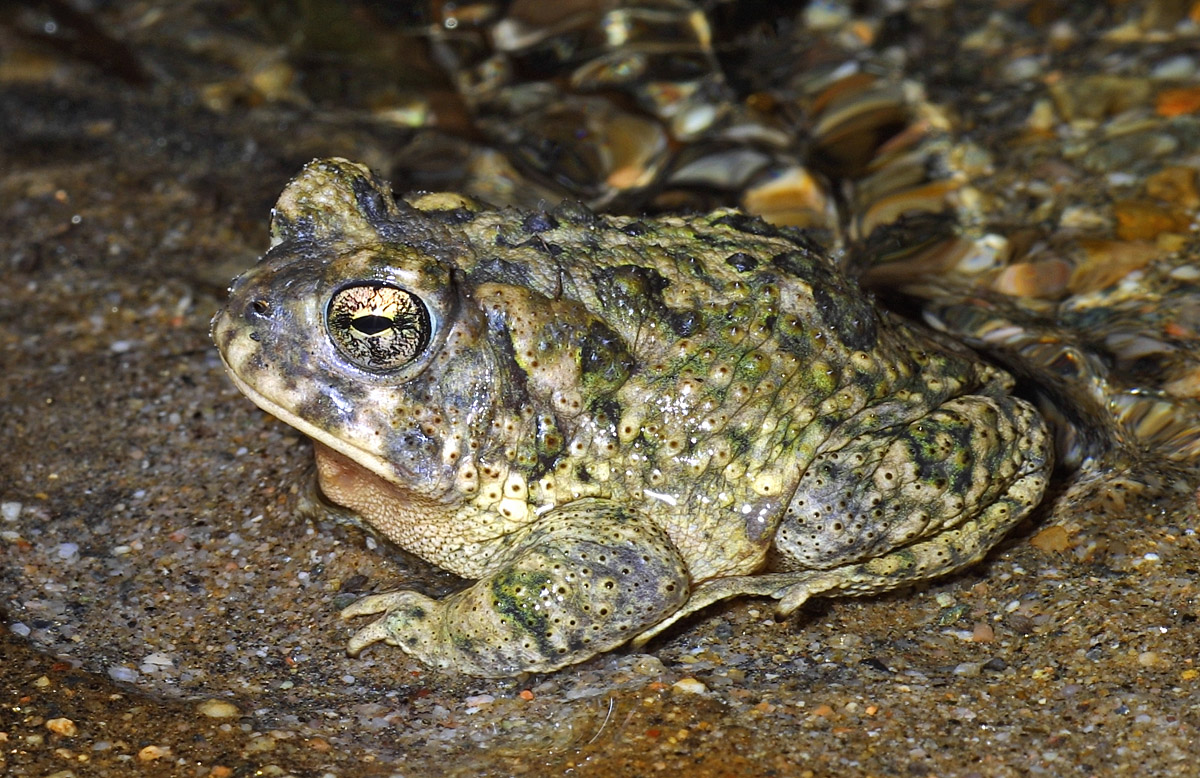Multi-scale effects of land cover and urbanization on the habitat suitability of an endangered toad.
Abstract/Summary
Habitat degradation, entwined with land cover change, is a major driver of biodiversity loss. Effects of land cover change on species can be direct (when habitat is converted to alternative land cover types) or indirect (when land outside of the species habitat is altered). Hydrologic and ecological connections between terrestrial and aquatic systems are well understood, exemplifying how spatially disparate land cover conditions may influence aquatic habitats, but are rarely examined. We sought to quantify relative effects of land cover at two different but interacting scales on habitat suitability for the endangered arroyo toad (Anaxyrus californicus). Based on an existing distribution model for the arroyo toad and available land cover data, we estimated effects of land cover along streams and within entire watersheds on habitat suitability using structural equation modeling. Relationships between land cover and habitat suitability differed between scales, and broader, watershed-scale conditions influenced land cover along the embedded stream networks. We found anthropogenic development and forest cover at the watershed-scale negatively impacted habitat suitability, but development along stream networks was positively associated with suitability. The positive association between development along streams and habitat suitability may be attributable to increased spatial heterogeneity along urbanized streams, or related factors including policies designed to conserve riparian habitats amidst development. These findings show arroyo toad habitat is influenced by land cover across multiple scales, and can inform conservation of the species. Furthermore, our methodology can help elucidate similar dynamics with other taxa, particularly those reliant on
both terrestrial and aquatic environments.
Publication details
| Published Date: | 2018-11-10 |
| Outlet/Publisher: | Biological Conservation 228:310-318 |
| Media Format: |
ARMI Organizational Units:
Southwest, Southern California - BiologyTopics:
Monitoring and Population EcologySpecies and their Ecology
Place Names:
CaliforniaSan Diego County, CA
Keywords:
climateconnectivity
distribution
Endangered Species Act
geospatial models
habitat use
land cover/land use
management
methods
recovery
T&E
threatened species

